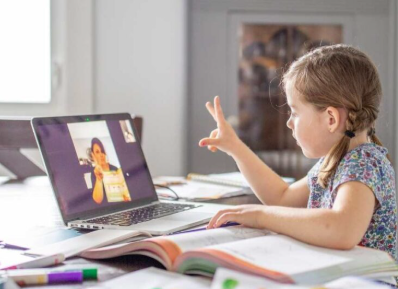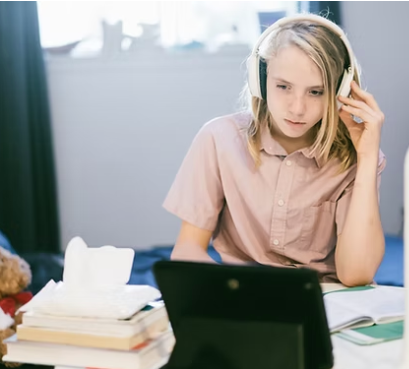Online learning has brought noticeable changes to the way education is delivered around the world. With more students exploring digital platforms to access knowledge, traditional schools are adapting to remain relevant and effective.
A Shift in Educational Access
One of the biggest impacts of online learning is increased accessibility. Students who may have faced obstacles such as distance, schedule conflicts, or limited local options can now access courses and programs from anywhere with an internet connection. This flexibility encourages lifelong learning and opens doors for individuals with varied needs.
Blended Learning Models
Many schools are integrating digital tools into their daily lessons, combining face-to-face teaching with online resources. This approach, often called blended learning, gives students the opportunity to review materials at their own pace while still benefiting from in-person support and interaction.
Rethinking Classroom Roles
Teachers are also discovering new ways to guide students. Rather than focusing only on lectures, many educators are shifting toward being facilitators—encouraging collaboration, digital literacy, and critical thinking. Online resources allow for more personalized learning paths and the use of engaging multimedia content.
Expanding Curriculum Possibilities
Traditional schools now have the chance to offer more diverse courses, including specialized topics or advanced classes through partnerships with online providers. This makes it easier for students to explore new interests and prepare for future opportunities.
Challenges and Opportunities
While the growth of online learning presents many benefits, it also brings challenges. Schools must ensure all students have access to reliable technology, and educators need proper training to effectively use digital tools. At the same time, this evolution offers an opportunity to reimagine how learning can be more inclusive, innovative, and flexible.
Conclusion
Online learning is not replacing traditional schools—it’s helping them evolve. By combining the strengths of both models, educators can create richer, more adaptable learning experiences that meet the needs of today’s students.


